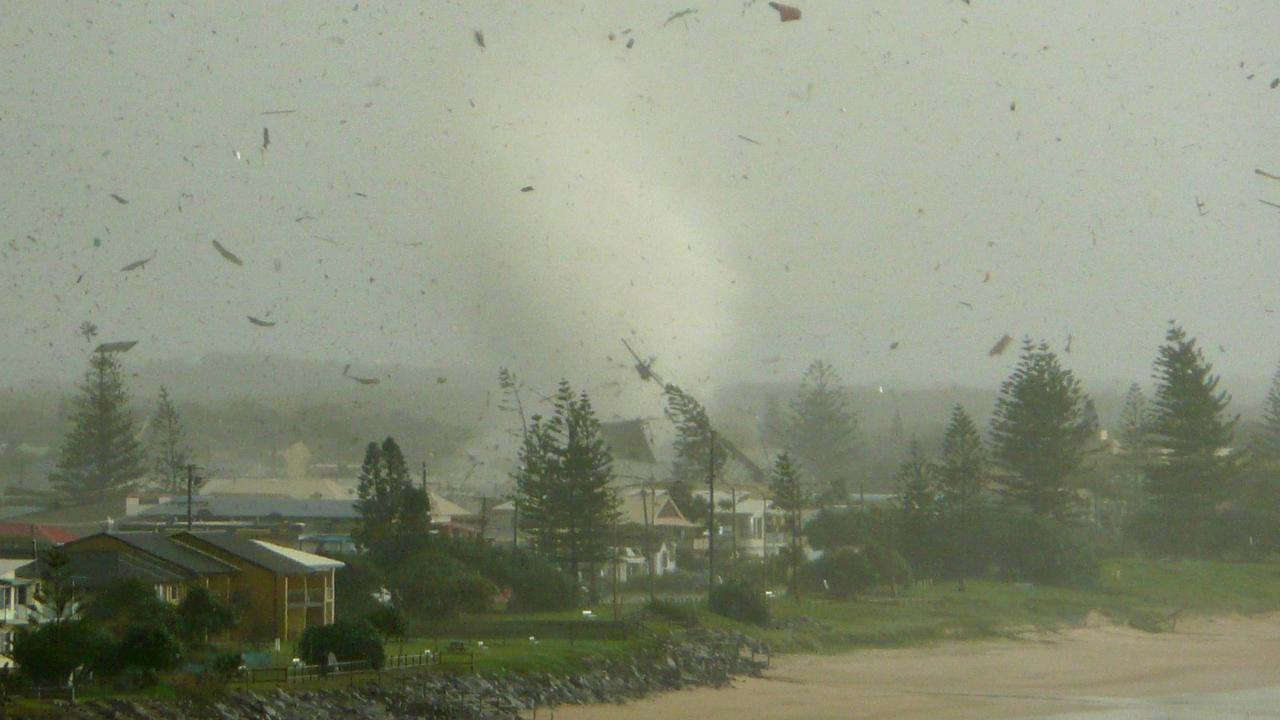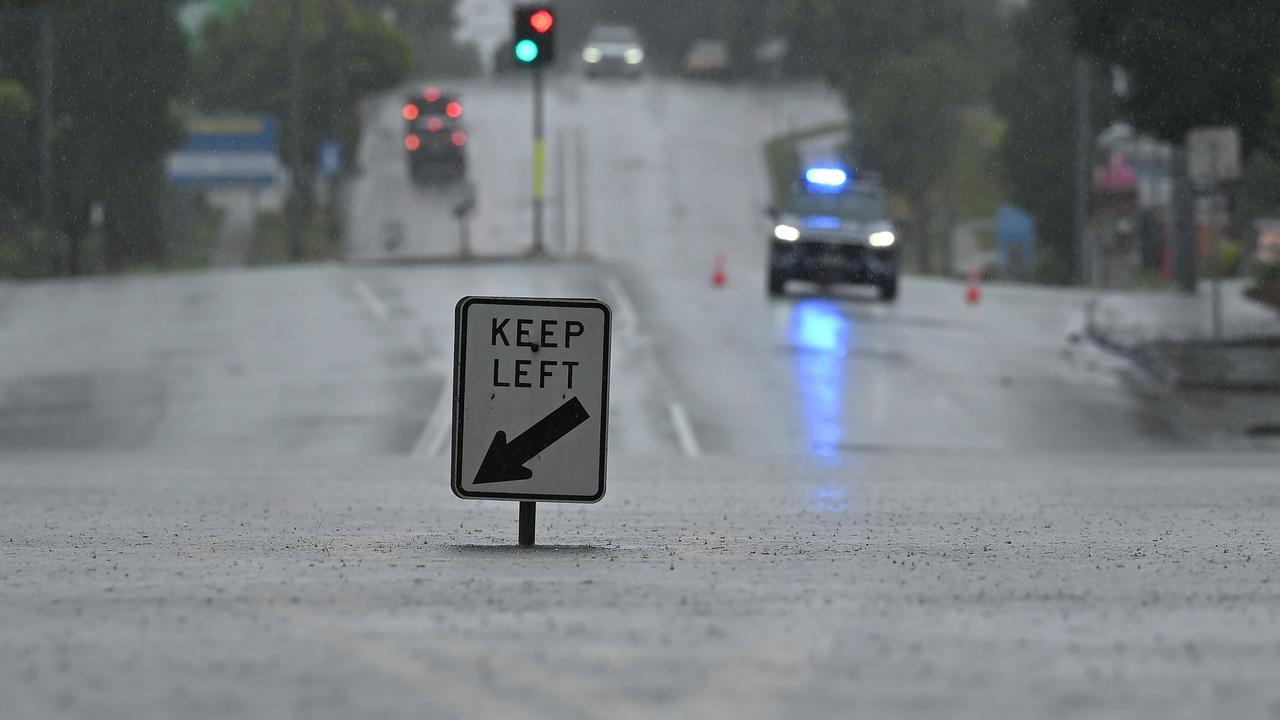Gold Coast beaches: When Cyclone Alfred erosion and damage will finally be fixed by council
The Gold Coast City Council is investigating a shock solution to protecting the beaches from further erosion after revelations it will be years before they are restored to their pre-cyclone glory.
Weather
Don't miss out on the headlines from Weather. Followed categories will be added to My News.
The Gold Coast’s iconic beaches will not return to their pre-Cyclone Alfred glory until 2028 – and that’s only if the city avoids another heavy battering.
The latest stage of the recovery began on Wednesday with the launch of pumping from the Surfers Paradise sand backpass.
With the cost of fixing the beaches growing and significant weather events becoming more frequent, Mayor Tom Tate said council is now investigating building two rock wall groynes.

Mr Tate said it was critical to get the right solution to protect the northern beaches from the devastating erosion which washed them away in early March.
“It’s going to take two years to recover from what Alfred did to us, and so I hope this project keeps going for the next couple of years,” he said.
“The (two groynes) would both be at Narrowneck and it will be almost like having two arms stretching out to protect the beach and Main Beach as well.
“If you look down south there are some parts where there are pairs of groynes so I am getting our engineers to analyse it.”

The sand backpass work is expected to last until December and will see sand pumped on to Main Beach, Narrowneck and Surfers Paradise to deal with the scarping, using a 7.8km pipe running from The Spit.
Around 120,000 cubic metres of sand can be moved annually by the backpass.
Mr Tate said hydrological testing would be done to ensure a pair of groynes would be the right solution.
“We’ll test it in the hydraulic tanks and with different wave conditions to design the groynes so they can deal with tropical cyclones category three and upward,” he said.
“Two years is not ideal but it is the only way it can be done and when I say full recover, I mean getting it back to pre-Alfred levels.
“More than 87 per cent of the city’s 42km of beach are open but large sand cliffs and scarping can still be seen from Surfers Paradise to the north.”
It comes after buried pipes were exposed on the Surfers Paradise stretch of the beach after Monday night’s heavy rain caused fresh erosion.
The damage forced council staff to fence off a section of beachfront just north of Staghorn Ave.

The area – directly in front of the Oceanway and popular high-rise holiday strip – collapsed on Monday night following heavy rain, with sand cliffs visibly carved out just metres from pedestrian paths.
A council spokesman said the fresh erosion was linked to a nearshore gutter – a trough in the ocean floor that allows waves to reach much further inshore – creating temporary hotspots for sand loss.
“Assets are being proactively removed from these areas, but buried pipes need to be exposed before removal can commence,” he said.
“A small area of the foreshore remains barricaded off from the public.
It’s the latest blow in the long recovery from Cyclone Alfred, which council says triggered the most severe coastal damage in 50 years.
Since then, beaches have been hit by 15 tides over 1.8 metres and the highest-energy waves on record – now resulting in the narrowest stretch of coastline seen in 25 years.
Council says northern beaches from Surfers Paradise to Main Beach remain a top priority, and while all beaches are currently open, full dune and sand restoration will take up to three years.
But council says more damage will come.
“Our recovering beaches are expected to face added pressure from high tides in the coming months so we will likely see some scarping and erosion until the beach profiles are evened out,” a spokesman said.
“Our beach maintenance crews will look to smooth out these scarps as quickly as possible.
“Our coastal foreshores and dunes have been built up over the last decade and are allowed to erode and accrete naturally, while hard coastal protection measures such as seawalls are used as a last line of defence for valuable infrastructure such as roads.”




